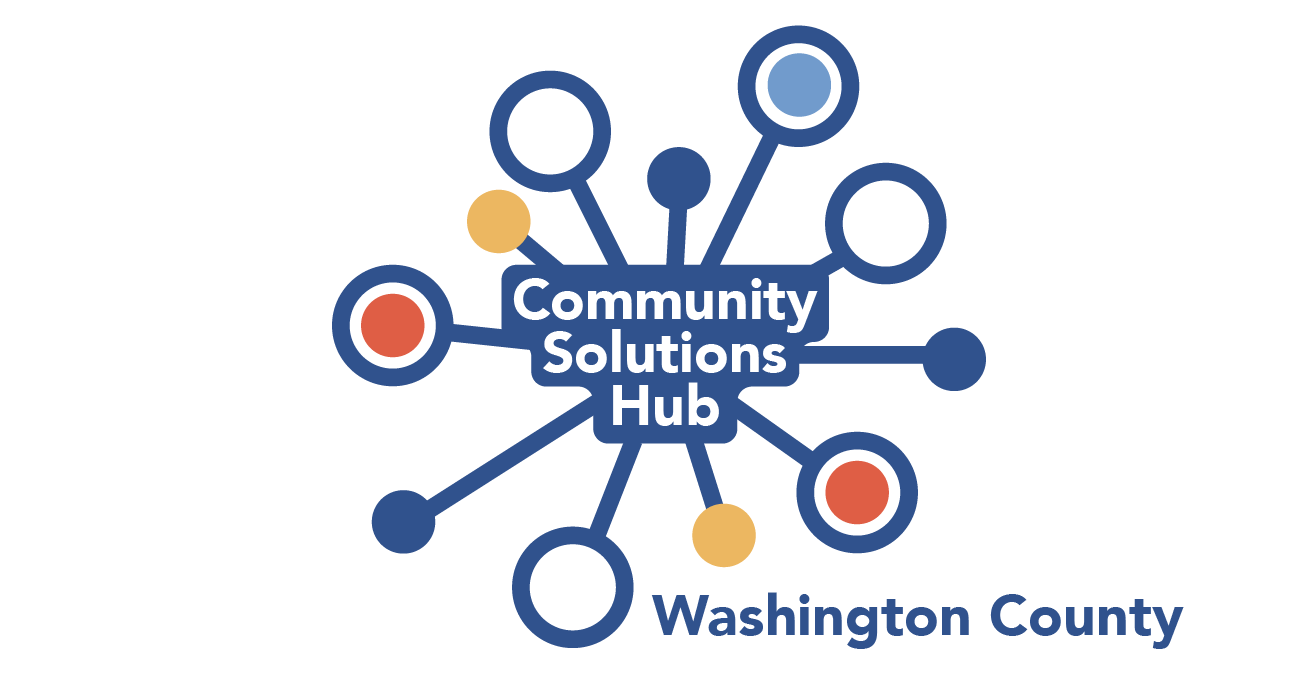Promising Practices
The Promising Practices database informs professionals and community members about documented approaches to improving community health and quality of life.
The ultimate goal is to support the systematic adoption, implementation, and evaluation of successful programs, practices, and policy changes. The database provides carefully reviewed, documented, and ranked practices that range from good ideas to evidence-based practices.
Learn more about the ranking methodology.
Safe STEPS (Safe and Successful Transition of Elderly Patients Study) Intervention Program (PA, MD, NC)
Filed under Effective Practice, Health / Older Adults, Older Adults
Goal: The goal of the program is to ensure effective discharge of patients from the hospital back to their homes, and to reduce 30-day hospital readmission.
Filed under Good Idea, Community / Community & Business Resources, Children, Teens, Adults, Women, Men, Older Adults, Families, Racial/Ethnic Minorities
Goal: The mission of the Pasadena Community Gardens Conservancy is to improve family health in urban food desert neighborhoods through grants for community gardens and nutrition education.
Impact: Pasadena Community Gardens Conservancy partnered with the City of Pasadena to establish the Villa-Parke Community Center, where community members can learn about gardening, cooking, nutrition.
Filed under Evidence-Based Practice, Health / Physical Activity, Teens, Women
Goal: The Body Project is a dissonance intervention designed to help women in high school and college resist societal and cultural pressures to conform to an idealized notion of what it means to be 'thin' and to help increase body acceptance. A reduction in thin-ideal internalization should result in reduced use of unhealthy weight-control behaviors, decreased eating disorder symptoms, and overall increase in mood and well-being.
Impact: The Body Project program has yielded numerous significant benefits at posttest and 6 months, 1 year, 2 years, and 3 years after program implementation. These include significant reductions in body dissatisfaction, bulimic symptoms and psychosocial impairment compared to control group participants.
CDC COMMUNITY GUIDE: Adolescent Health: Person-to-Person Interventions to Improve Caregivers' Parenting Skills (USA)
Filed under Evidence-Based Practice, Health / Adolescent Health, Teens, Families
Goal: To modify adolescents' risk and protective behaviors by improving their caregivers' parenting skills based on sufficient evidence of effectiveness in reducing adolescent risk behaviors.
Impact: Although the estimated effects varied substantially and were not statistically significant, risk behaviors decreased and youth participants reported increased refusal skills and self efficacy for avoiding risky behaviors in the future.
Filed under Effective Practice, Health / Alcohol & Drug Use, Children, Urban
Goal: The goal of this program is to reduce the negative impact of alcohol abuse on campus life by correcting students' perceptions about alcohol use and by making the campus less conducive to drinking.
Filed under Effective Practice, Environmental Health / Energy & Sustainability
Goal: The CHP Partnership is a voluntary program that seeks to reduce the environmental impact of power generation by promoting the use of CHP.The Partnership works closely with energy users, the CHP industry, state and local governments, and other stakeholders to support the development of new projects and promote their energy, environmental, and economic benefits.
Filed under Effective Practice, Economy / Housing & Homes, Adults, Women, Men, Older Adults, Racial/Ethnic Minorities
Goal: The objective of this article is to describe Project Restoration's approach to cross-sector collaboration with a shared population of high utilizing community members, describe the process and outcomes of the collaboration, provide strategies to mitigate challenges that arise during collaboration and offer insights to inform similar initiatives in communities nationwide.
Impact: Hospitals across the region are assessing ways to establish a centralized infrastructure to collaboratively address the complexities of individual cases, as well as a regional council to explore process improvements to enhance the lives of vulnerable populations.
Filed under Evidence-Based Practice, Education / Childcare & Early Childhood Education, Children, Families
Goal: HIPPY programs empower parents as primary educators of their children in the home and foster parent involvement in school and community life to maximize the chances of successful early school experiences.
Impact: Through 20 years of research, the HIPPY model has proven to be effective in improving school readiness, parent involvement in students' academic lives, school attendance, classroom behavior, and overall academic performance.
Filed under Evidence-Based Practice, Health / Alcohol & Drug Use, Teens, Adults
Goal: The New York State Smokers' Quitline is a free and confidential service that provides effective stop smoking services to New Yorkers who want to stop smoking.
Filed under Evidence-Based Practice, Health / Physical Activity, Teens, Families
Goal: The goal of PACE+ for adolescents is to: decrease total dietary fat consumption; increase fruits & vegetable consumption; increase participation in moderate and vigorous physical activity; decrease sedentary habits among adolescents aged 11-15.

